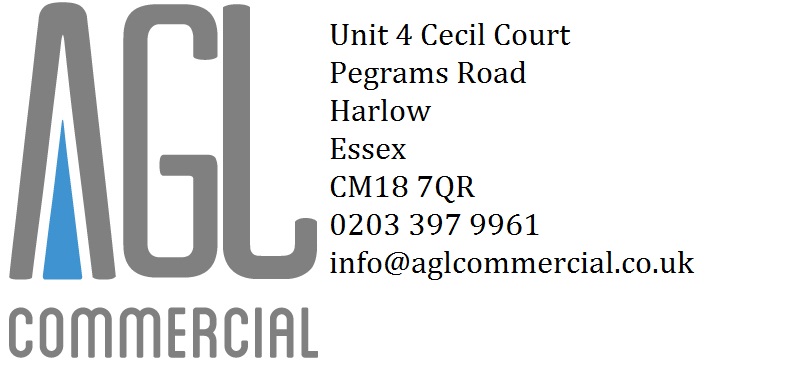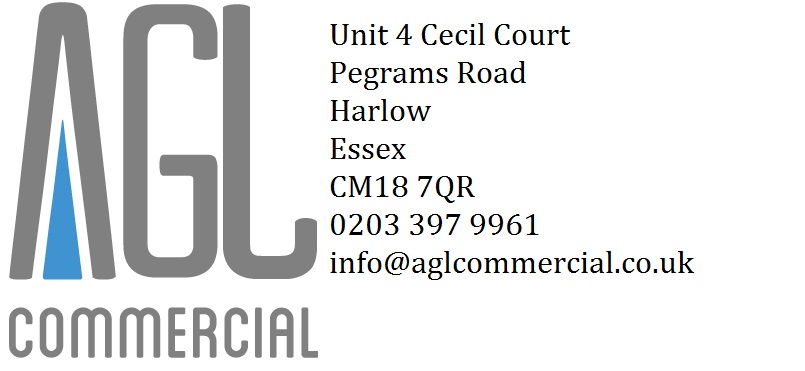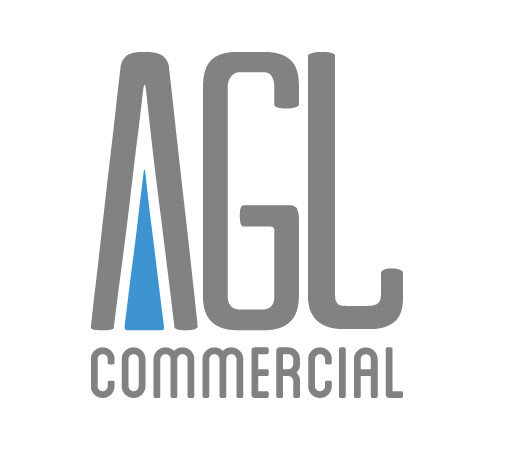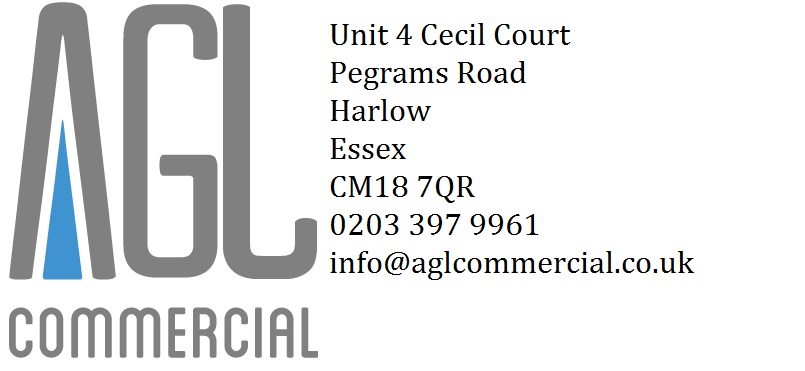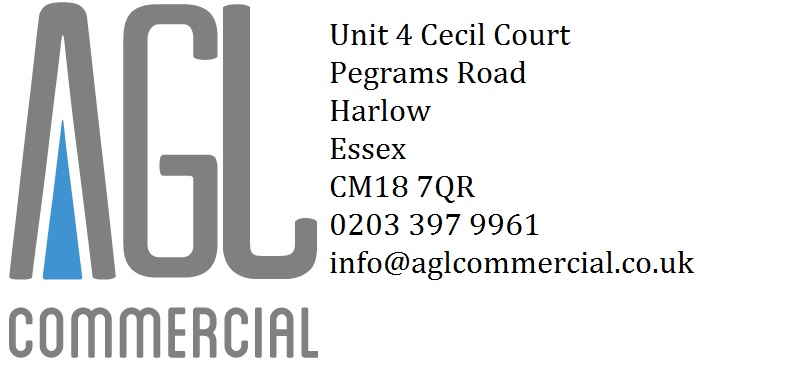Information
-
Site conducted
-
Principle contractor site Manager
-
AGL Project Manager for this site
-
Toolbox talk carried out by
-
Toolbox talk carried out on
-
Location
Control of Dust and Fumes
-
Control of Dust and Fumes
Overview This talk will cover some sources and dangers from dust and fumes, and examples of precautions that can be taken.
Some sources of harmful dust and fumes
1 Cutting, sanding and grinding of some materials with create harmful dust.
2 Welding and gas cutting of metals can create harmful fumes.
3 Heating metals such as lead will create harmful fumes.
4 Work with old lead can expose you to lead oxide dust (white, powdery deposits) which is also harmful
5 Burning off old lead-based paints can also create harmful fumes.
6 Stripping out or other work involving fibrous insulation (such as asbestos or fibreglass insulation) can release harmful dust into the air.
Some health risks from breathing in dust or fumes
1. Silica dust from cutting or scabbling concrete can cause lung disease.
2 Dust from cutting or sanding hardwood can cause nasal cancer.
3 Asbestos dust can cause cancer of the lungs or lining of the chest cavity.
4 Welding fumes can result in ‘metal fume fever’ which has flu like symptoms.
5 Breathing in the fumes from solvents and paint can lead to nausea, drowsiness, headaches and, eventually unconsciousness and death in extreme cases.
6 Investigations are continuing into possible harmful effects of breathing in dust from synthetic insulation materials such as fibreglass matting.
Precautions
1 Where it is possible, the job should be planned to eliminate harmful dust and fumes.
2 If elimination is not possible, harmful dust and fumes must be controlled so that they are not breathed in by anyone.
3 Some tools and plant are fitted with dust extraction and collection devices – if these are available, use them.
4 If your employer has provided portable extraction equipment, use it.
5 It may be necessary for you to wear RPE to protect yourself from the effects of dust or fumes – make sure you know how to use it properly.
6 Consider the effects that your work may be having on other people. -
Toolbox talk complete?
-
Now go to section "Toolbox talk attendee register"
Toolbox talk attendee register
-
Toolbox talk attendees -
Engineer -
-
Have you fully understood this toolbox talk?
-
Please report to your supervisor to discuss your concerns.
-
Name of engineer -
-
Signature -
